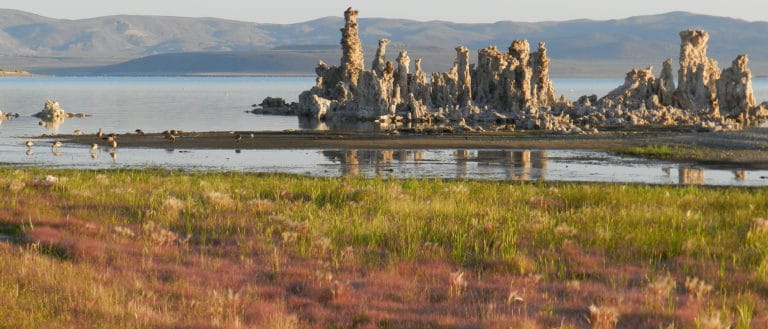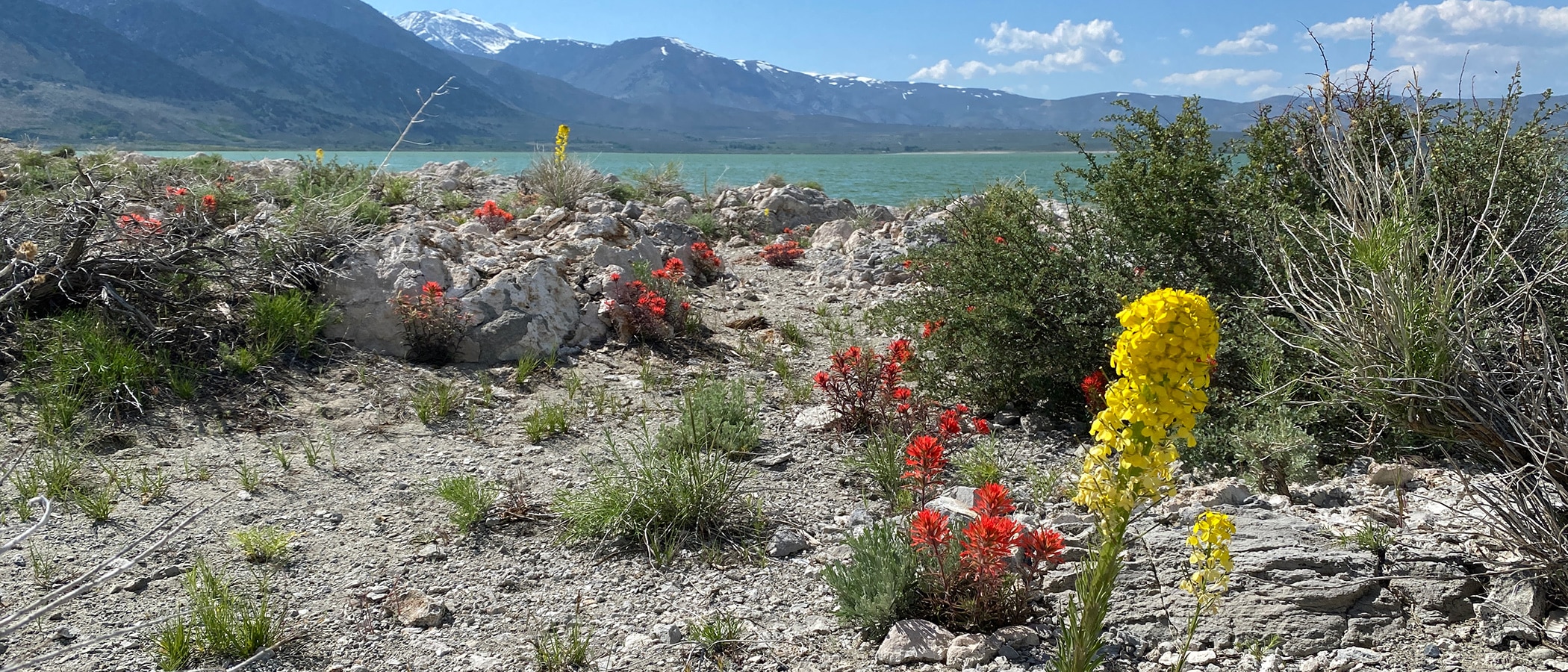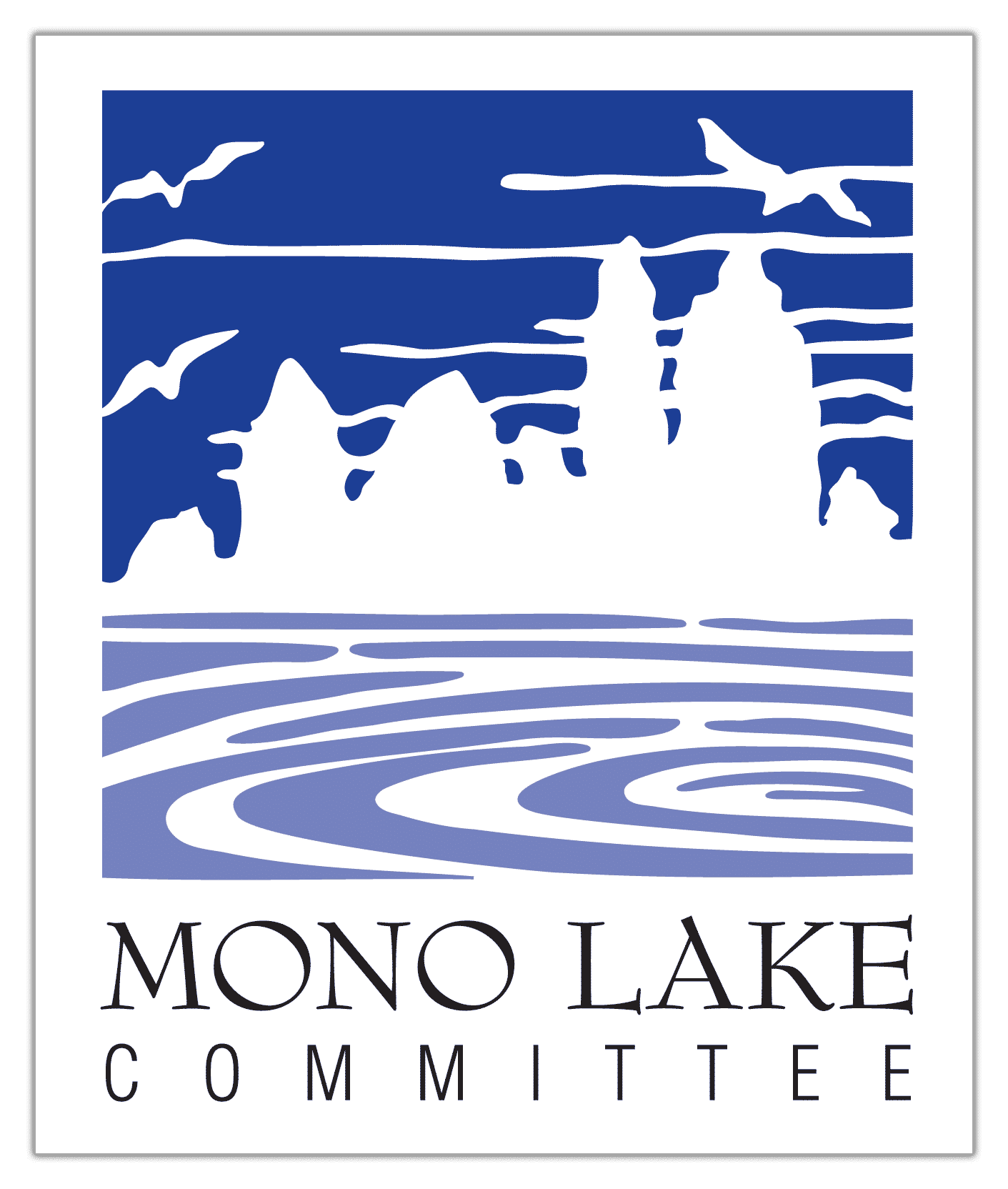

Events


Annual LADWP compliance reporting online

50% of average runoff expected this summer

Mono Lake rises & meromixis returns despite dry winter

Two-month dry spell ends with latest closure of Tioga Pass ever

DWP annual compliance report available online

Cool April maintains high elevation snowpack

147% runoff forecast; Mono Lake could rise 2 feet this summer

1996 stream and waterfowl habitat restoration plans now online

